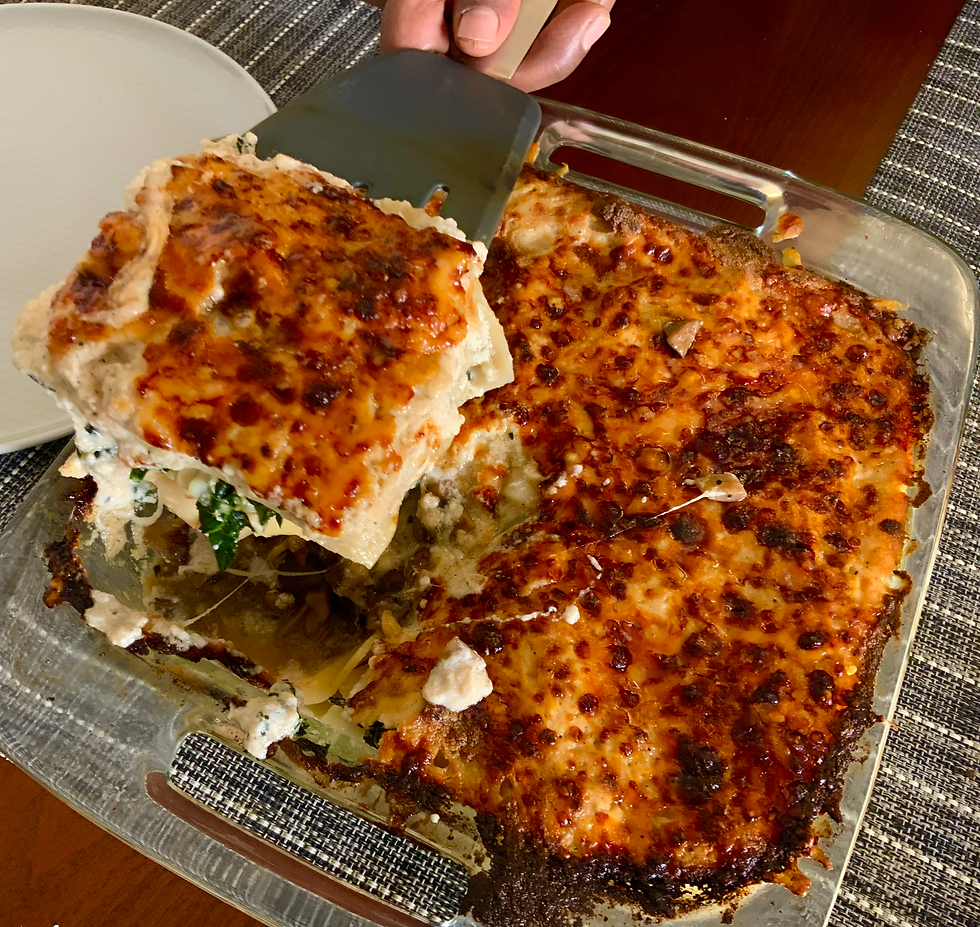Vindaloo of pork shoulder - Indian curry series 6
- kzafarullah

- Oct 9, 2020
- 3 min read
Updated: Mar 5, 2023
Everyone associates a vindaloo with a crazy night out followed by something spicy to curb the munchies at a greasy joint. A vindaloo is however a very delicate dish that has a long history. It originates in the Portuguese city of Medeira as "Carne de vinha d'alhos" , or pork in vinegar. This essentially pickled pork was sent with sailors in ships as they travelled the globe in search and conquest of new lands. It arrived in the port of Goa, via Brazil, where paprika and oregano were added. In Goa, the Portuguese cooks added tamarind, spices and garlic and made what we all enjoy as a vindaloo. More on the culinary history of this dish is here.
Contrary to the vinegary and numbing-ly spiced dish we enjoy at the local Indian restaurant, a true vindaloo is a work of art. This curry is delicate, with a fine balance of spices, the tender caress of vinegar and a finish of chilli on the after palate. Getting this balance of tangy and spicy takes care and is what makes a vindaloo one of the most well-known Indian curries.
This recipe sticks to the original recipe with pork, but you can substitute beef, chicken or even paneer for a vegetarian version. Usually, vindaloo has a very light runny gravy, however, I tend to dry this curry down a bit so that the flavours and vinegar are concentrated.
This is fast becoming one of my favourite cookbooks for Indian flavours. The recipes go from the usual to more contemporary, and each of them, like this one, turns out amazing. The highly-rated restaurant in London is one that I definitely want to dine in.
For more recipes from this cookbook click here.


Ingredients:
For the first marinade:
1-2 tablespoons chili powder, or to taste
1 teaspoon salt
1 teaspoon ground black pepper
1 teaspoon sugar
3 tablespoons malt vinegar
For the Vindaloo spice paste:
8 green cardamom pods
5 whole cloves
6-8 dried red chilies, or to taste
1 cinnamon stick, about 2 inches long
1 teaspoon cumin seeds
1 tablespoon coriander seeds
1/2 teaspoon turmeric powder
5-6 garlic cloves
4 inch piece of ginger
1/2 cup malt vinegar
For the curry:
2 lb pork shoulder, cut into large chunks, about 4-5 pieces
3 cups chicken stock or water
1/2 cup shallots, kept whole, fresh or frozen
1 lb potatoes, cut into bite-sized pieces
Chicken stock or water
Oil as needed
Mix the ingredients for the first marinade. Completely cover the pork with this marinade and allow to sit on your counter for 1 hour.
Add 2 tablespoons oil to a pot and fry the pork and marinade till the pork is browned on all sides. Remove and set aside.
Make the vindaloo spice paste by first dry roasting each of the whole spices on a warm pan individually till lightly toasted. Cool and grind into a fine powder in a spice mill or coffee grinder. Combine with the rest of the ingredients and purée to a smooth paste in a small blender.
Cut the fried pork into small bite-sized pieces. Add the paste to the fried pork and marinate for 1 hour, or overnight as I usually do.
Add 4 tablespoons of oil and fry the marinated pork on medium-high till the paste is fried and the oil is beginning to separate from the paste, about 10 minutes. During this time you need to stir the pot often. Add the stock/water and simmer for 1 hour. Stir occasionally, and check that the curry does not dry out, if you feel it is dry, add some stock/water. At this point, the pork should be quite tender, if not simmer for an additional 15 minutes.
Add the shallots and potatoes. Top up with stock/water if the curry looks like it is too thick and simmer for an additional 15-20 minutes till the potatoes are cooked. Thin down the sauce to a consistency of your choice, from runny to thick and almost dry. Taste and adjust salt and vinegar. You need to have the right balance of salt, spice and sour without one overpowering the other.
Serve topped with some minced cilantro over Basmati rice.














